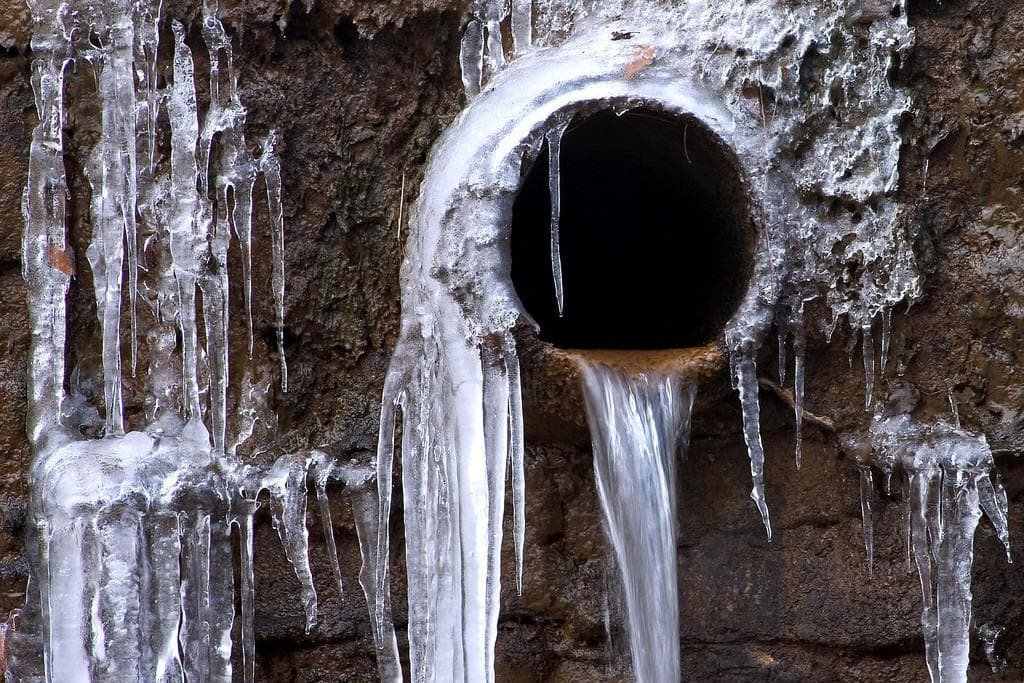How do you feel in regards to How to prepare your home plumbing for winter weather?

Winter can damage your plumbing, particularly by freezing pipelines. Here's how to prevent it from happening and what to do if it does.
Intro
As temperature levels decline, the risk of icy pipes rises, possibly causing pricey repairs and water damages. Understanding just how to avoid frozen pipes is vital for home owners in chilly climates.
Avoidance Tips
Protecting prone pipelines
Cover pipelines in insulation sleeves or utilize heat tape to secure them from freezing temperature levels. Concentrate on pipes in unheated or outside locations of the home.
Home heating strategies
Maintain interior areas appropriately heated, particularly locations with pipes. Open closet doors to enable cozy air to distribute around pipes under sinks.
How to recognize frozen pipes
Try to find lowered water circulation from taps, uncommon smells or noises from pipes, and noticeable frost on exposed pipelines.
Long-Term Solutions
Architectural adjustments
Think about rerouting pipelines away from exterior wall surfaces or unheated locations. Add additional insulation to attic rooms, cellars, and crawl spaces.
Updating insulation
Purchase high-quality insulation for pipes, attic rooms, and wall surfaces. Appropriate insulation helps maintain consistent temperature levels and minimizes the danger of frozen pipelines.
Safeguarding Exterior Plumbing
Garden pipes and outdoor taps
Disconnect and drain pipes garden hoses before winter season. Mount frost-proof spigots or cover outdoor faucets with protected caps.
Recognizing Icy Pipes
What creates pipelines to ice up?
Pipelines freeze when exposed to temperature levels listed below 32 ° F (0 ° C) for prolonged durations. As water inside the pipelines ices up, it expands, taxing the pipe wall surfaces and possibly creating them to rupture.
Risks and problems
Frozen pipelines can lead to supply of water disruptions, residential or commercial property damages, and pricey fixings. Ruptured pipelines can flood homes and create substantial architectural damage.
Indications of Frozen Pipeline
Recognizing frozen pipelines early can avoid them from bursting.
What to Do If Your Pipes Freeze
Immediate actions to take
If you believe frozen pipes, keep faucets available to eliminate stress as the ice melts. Utilize a hairdryer or towels taken in warm water to thaw pipes slowly.
Conclusion
Avoiding icy pipes needs proactive procedures and fast reactions. By recognizing the reasons, indications, and safety nets, home owners can safeguard their plumbing throughout winter.
5 Ways to Prevent Frozen Pipes
Drain Outdoor Faucets and Disconnect Hoses
First, close the shut-off valve that controls the flow of water in the pipe to your outdoor faucet. Then, head outside to disconnect and drain your hose and open the outdoor faucet to allow the water to completely drain out of the line. Turn off the faucet when done. Finally, head back to the shut-off valve and drain the remaining water inside the pipe into a bucket or container. Additionally, if you have a home irrigation system, you should consider hiring an expert to clear the system of water each year.
Insulate Pipes
One of the best and most cost-effective methods for preventing frozen water pipes is to wrap your pipes with insulation. This is especially important for areas in your home that aren’t exposed to heat, such as an attic. We suggest using foam sleeves, which can typically be found at your local hardware store.
Keep Heat Running at 65
Your pipes are located inside your walls, and the temperature there is much colder than the rest of the house. To prevent your pipes from freezing, The Insurance Information Institute suggests that you keep your home heated to at least 65 degrees, even when traveling. You may want to invest in smart devices that can keep an eye on the temperature in your home while you’re away.
Leave Water Dripping
Moving water — even a small trickle — can prevent ice from forming inside your pipes. When freezing temps are imminent, start a drip of water from all faucets that serve exposed pipes. Leaving a few faucets running will also help relieve pressure inside the pipes and help prevent a rupture if the water inside freezes.
Open Cupboard Doors
Warm your kitchen and bathroom pipes by opening cupboards and vanities. You should also leave your interior doors ajar to help warm air circulate evenly throughout your home.
:strip_icc()/snow-outdoor-faucet-pipes-4af65d1e5e904fb1aa7bf74071fe5d89.jpg)
I discovered that piece on How to Prevent Your Pipes From Freezing when browsing the search engines. For those who enjoyed our blog post if you please make sure you remember to pass it around. Thank you so much for your time invested reading it.
Book Your Service